The Science Hub: Fall Edition
The Science Hub is a bi-weekly newsletter to update you on science headlines, this week with guest writer Andrew Lee
November 28, 2019
Leaves changing colors
Every year, in the fall, trees change from their normal green to a brilliant display of red, yellow and orange. Though this change may seem magical, the reasoning behind it is simple: the end of daylight savings and colder temperatures.
Once the length of daylight shortens and it gets colder, leaves break down their chlorophyll. In short, what chlorophyll does is create “food” (energy) for the tree by capturing sunlight. Being the most important part of the tree, chlorophyll is the most abundant in a leaf. That’s why most of the year leaves have the appearance of being green because chlorophyll contains a green pigment.
When the chlorophyll starts to break down, the green pigment in the leaves also starts to fade. The fading green pigment creates a vibrant display of red, orange and yellow.
-Andrew Lee
Leaves falling from trees
For some parts of the world, the start of fall is more than the ubiquitous appearance of pumpkin-spiced whatever. Fall may begin with leaves falling from trees
But how do leaves fall from trees?
When the weather takes a colder turn, abscission cells begin to appear near the stem of the leaf. Over time, those cells grow larger and larger, slowly pushing the leaf away from the tree. Once the distance is great enough, either the wind or gravity will do the rest of the work and cause the leaf to fall.
Leaves falling from trees is a necessity for some trees as we know them. During the winter, the leaves would die, and if they did not fall, then the tree would still have dead leaves in the coming spring, which are not able to photosynthesize, leaving the trees without a means to garner sustenance. Additionally, with all of the dead leaves on the tree, there would be no room for new leaves to grow.
-Thomas Weldele
Does turkey make you sleepy?
Everyone knows that Thanksgiving is a celebration of gratitude, stuffing, and being stuffed. It is also known that a turkey dinner can make you sleepy, but how much truth can be held to that statement?
In one way or another, many people have heard the common belief that the amino acid L-Tryptophan is responsible for our post-thanksgiving grogginess. However tryptophan is far from a poultry NyQuil, instead, it is required to produce the brain chemical serotonin, which in turn is used to help produce melatonin, one of the primary chemicals that makes us drowsy.
Unfortunately, turkey alone only has about the same amounts of tryptophan as chicken, milk and nuts, meaning that turkey doesn’t make you any more tired than other meals.
In order to get the serotonin boost, the best way is to eat a small carbohydrate snack which transports the tryptophan into the brain.
-Naomi Schmitt


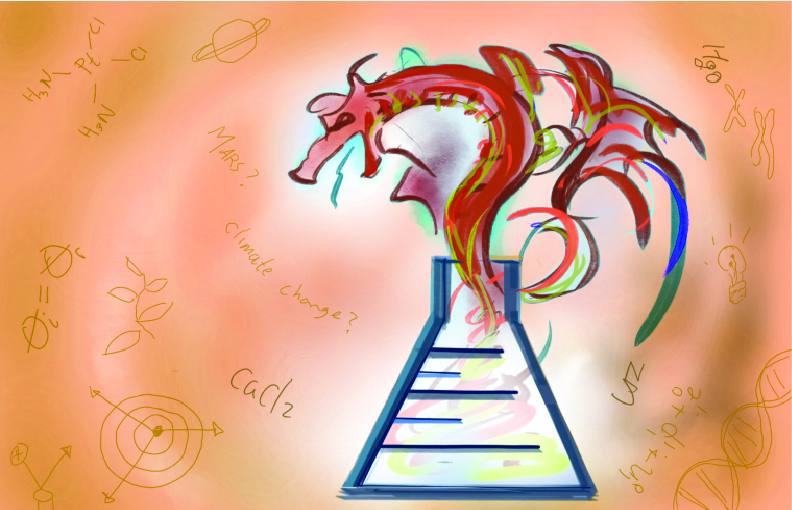






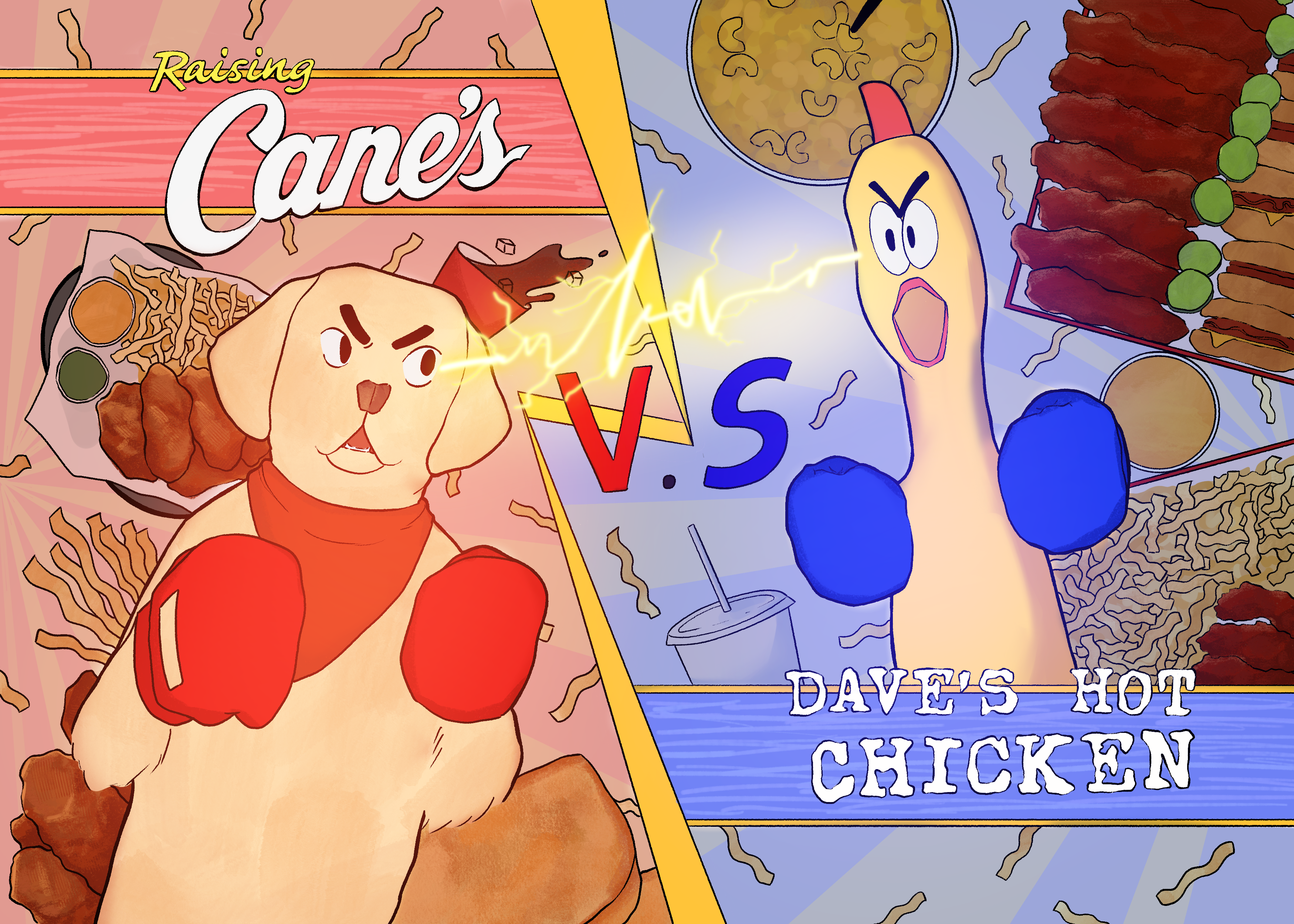
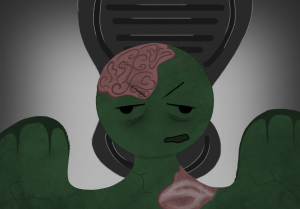

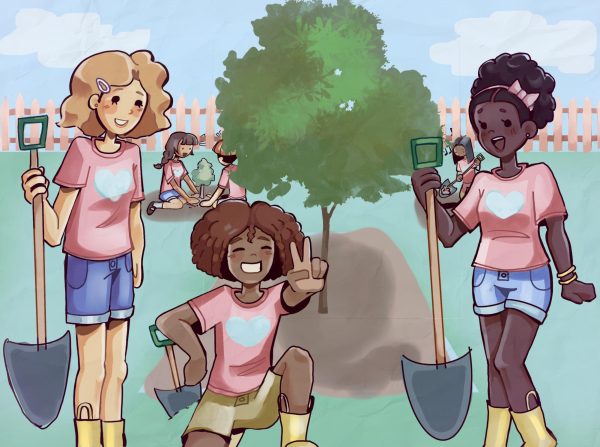

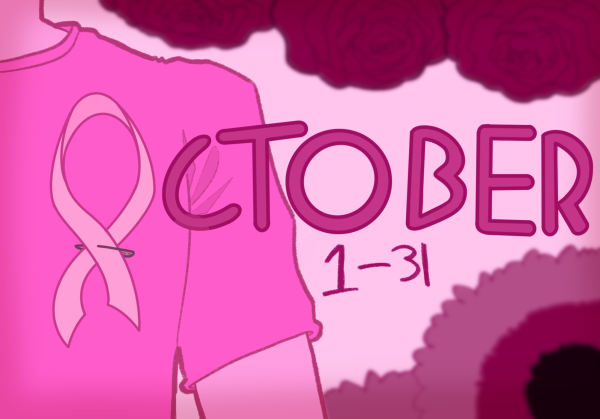
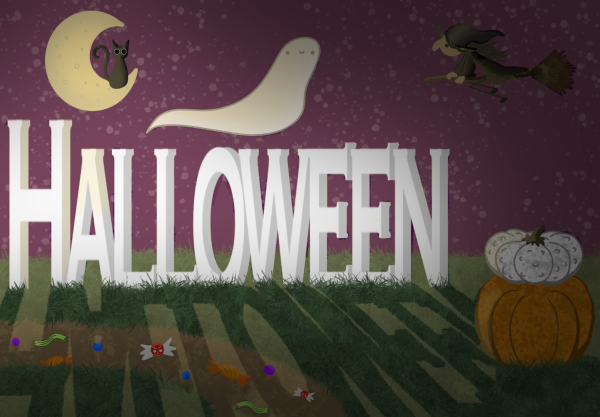


fitoru • Dec 23, 2019 at 7:04 am
Nice read! Thanks for the information.More power to your blogging career